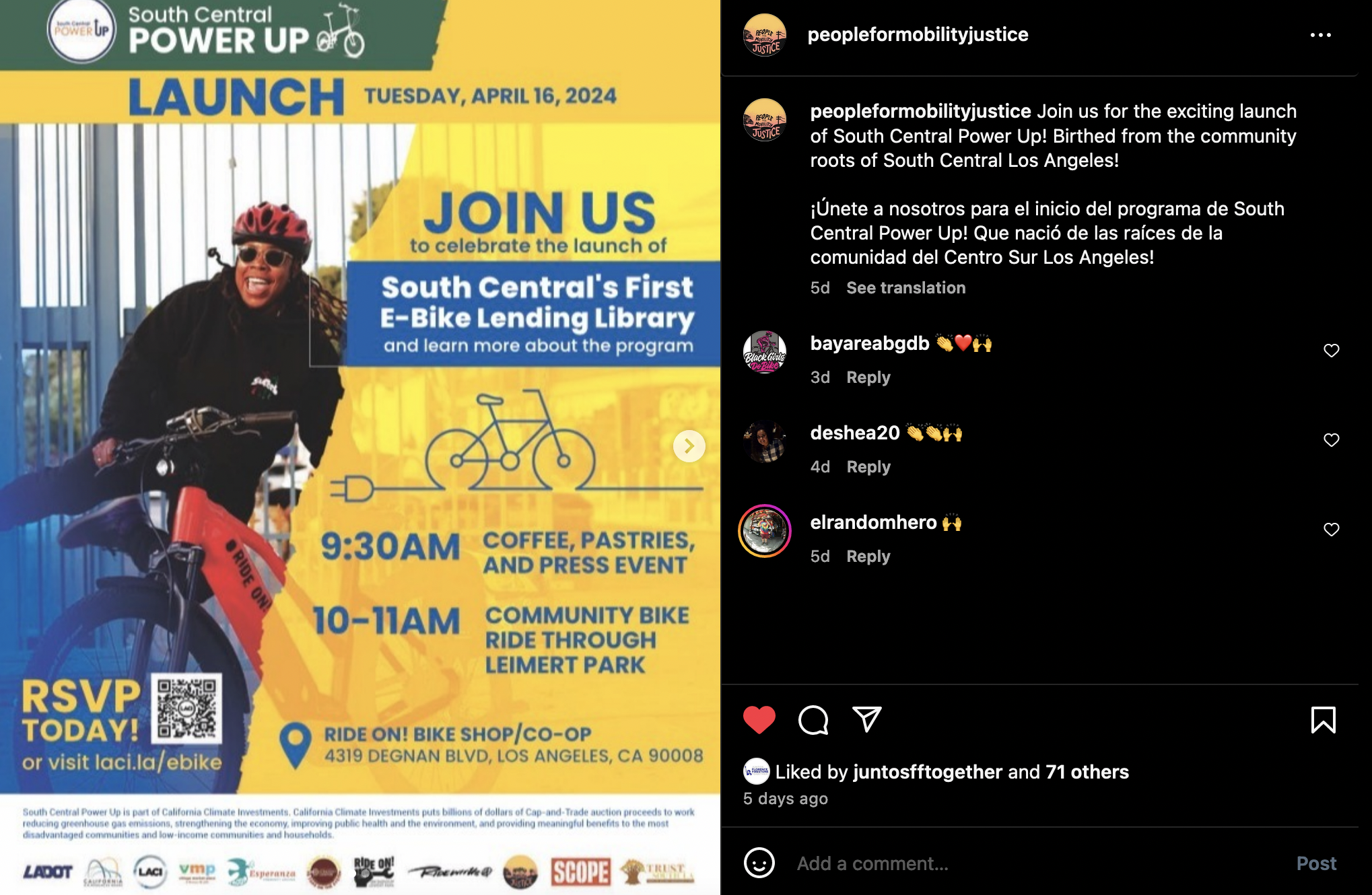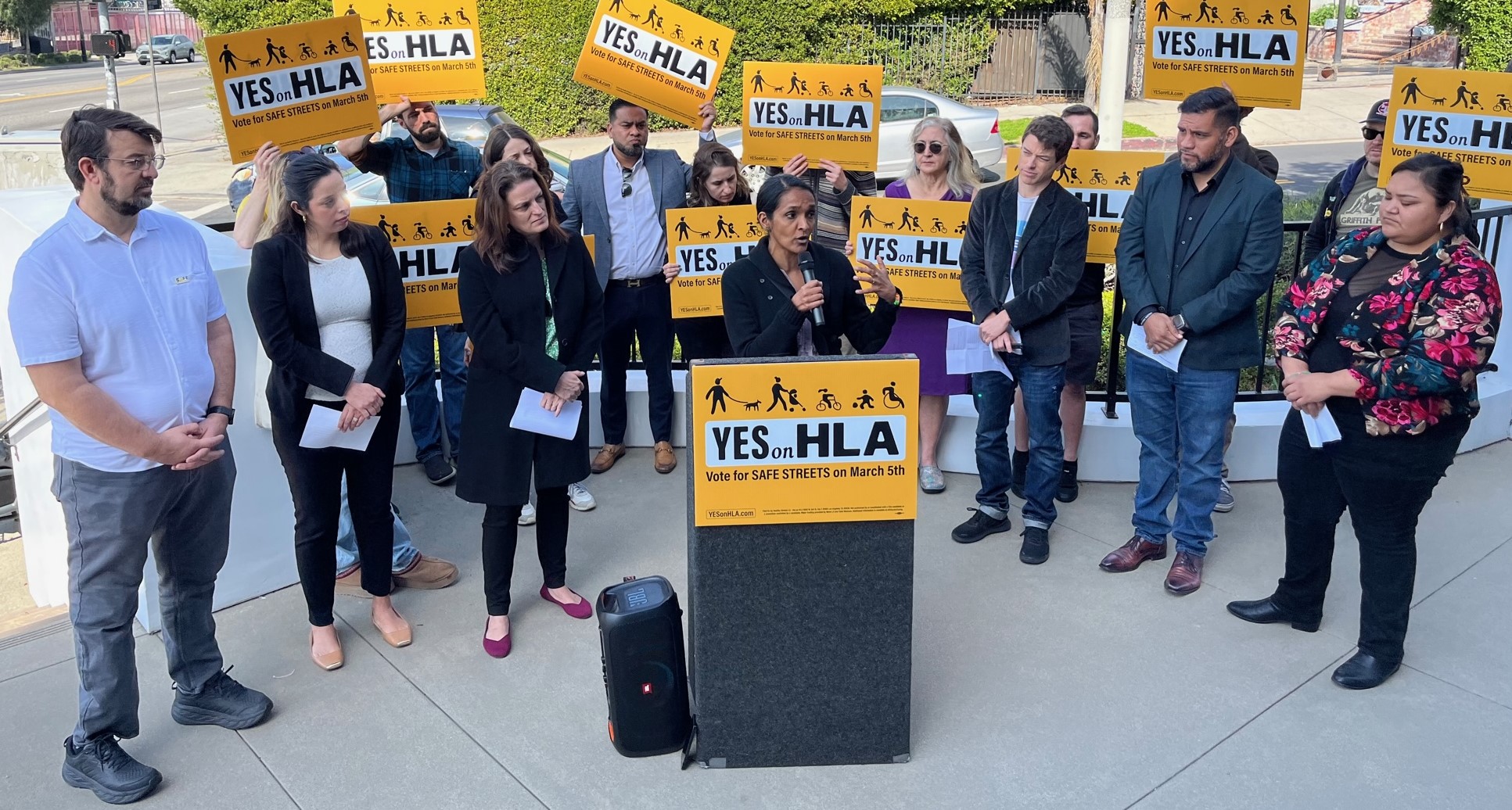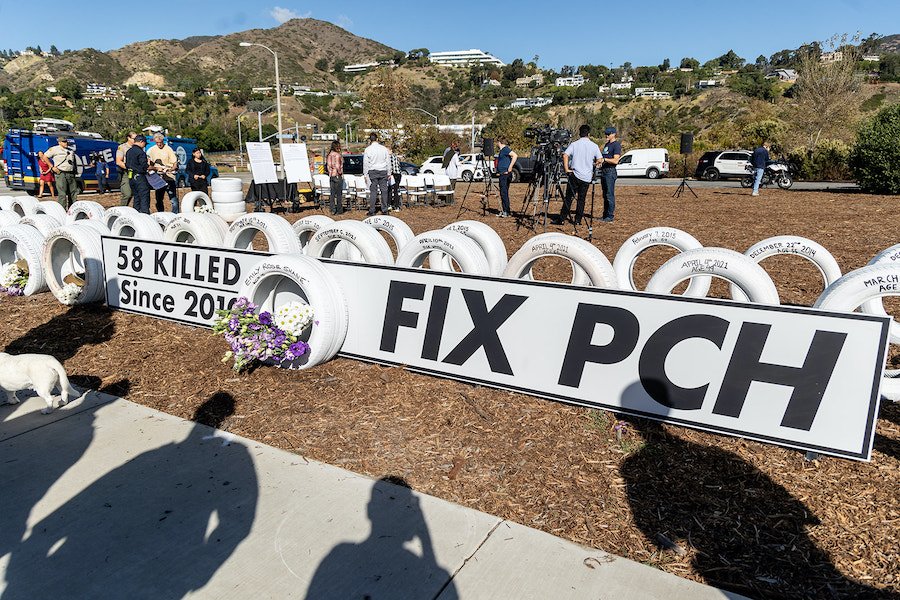When
it comes to building new developments in the Bay Area, especially in
San Francisco, the battle over limiting the construction of new parking
spaces is pitched. Parking reform advocacy organizations like Livable City,
which maintains a listserv populated by car-free and livable-city
advocates keeping a keen watch on planning commission parking
exemptions, have long encouraged city leaders to tighten the
parking-to-unit ratios in dense neighborhoods flush with transit and
bicycling options.
Why,
these advocates ask, would any city seeking to be a model of
sustainability require developments to have one parking space per unit,
as is the case across San Francisco outside of the downtown core and
certain neighborhood plan zones (the mandatory parking ratio can be
higher in other Bay Area cities)? San Francisco is the city it is
because it was built densely, with
minimal parking, and areas like the Mission or North Beach would be
impossible with 1:1 ratios.
And who should they hang for granting variances permitting
higher than 2:1 ratios, as happened last week when a two-unit home at
2626 Larkin Street in Russian Hill received permission from the San
Francisco Planning Commission to build five parking spaces, one with a
parking stacker for additional cars?
When these questions are asked of city planners and developers, like they were during the struggle to limit parking at 299 Valencia Street,
advocates and political leaders are led to believe that it is
impossible to finance new developments, particularly condos and
non-rental properties, without the maximum parking ratio possible. Less
parking, goes the developer refrain, banks will refuse to loan and the
units will be impossible to re-sell.
Not all developers buy that argument, however, and some have buildings that disprove it.
"If
you are doing a project next to BART or many buses, you really don't
need to have a lot of cars," said Oz Erickson, Chairman of the Emerald Fund, Inc,
a developer who has built more than 2,000 units in San Francisco.
Emerald's newest development, a rental building at 333 Harrison Street
in Rincon Hill, will be built with a .5:1 parking-to-unit ratio, even
though the developer could appeal for a variance to build more parking.
"It really works in those situations when the cost of excavation for an
additional floor is really high and you're doing a rental project that
has really good public transportation," said Erickson. He explained
that excavation and construction costs for a single parking space in
his new development could run as high as $60,000, whereas the return on
the space will only be $200 per month. Further, the additional
construction time required to excavate for parking pushes costs even
higher, which, according to Erickson, is a liability in a lending
climate as constricted as the current one.
Erickson didn't
always build with voluntarily lower parking ratios and he said that the
333 Harrison development wouldn't be as easy to finance if it were
condos. "Banks like to see 1:1," he said, though they have gone below
that ratio on centrally located areas like Kearny Street and they have
done it for condominium projects without maximal parking. Erickson
confirmed what has been reported in other cities,
namely that national banks unfamiliar with a city's particular
development market can be reluctant to go below the familiar parking
ratios.
Above all else, Erickson argued, a city should provide as much
flexibility in developments as possible. "You really should be in a
position where zoning laws do not require you to put in parking," he
said.
Across
the Bay in Berkeley and Oakland, Patrick Kennedy has been building
residential units with scant parking for decades. Kennedy's Panoramic Interests
is responsible for much of Berkeley's current skyline, including the
Gaia Building and the Fine Arts Building, and his mission is to build
infill development near transit with as little parking as necessary.
One
glance at his website and you understand the developer is unlike many
others, with quotes from Lewis Mumford ("Cities exist not for the
passage of cars, but for the care and culture of human beings) and Jane
Jacobs ("Possibilities to add convenience, intensity and cheer in
cities… are limitless") alongside before-and-after photos of his
buildings. For Kennedy, building more parking is a choice that reflects
a developer's priorities.
"If you want to go after the densest
configuration of housing, you have to not plan around the car," said
Kennedy. "Spaces for cars cost a lot more to build than spaces for
people because they chew up so much space."
Kennedy admits that
he hasn't built condos since 1996 and that much of his units are taken
by students and young professionals in the UC Berkeley orbit, a
decidedly less car-dependent demographic who are seeking a city
experience. He is, however, currently developing a building in San
Francisco two blocks from a BART station, where he intends to limit
parking significantly. The building will have 23 units and parking for
only two cars, both of which will be car-share vehicles.
"If
the car is considered a mere afterthought, we can get [more] units in.
Building a parking space costs at least $50,000 per car, including
opportunity costs for what else might have gone in the space," said
Kennedy, adding that if they were to build the building with
conventional parking ratios, he could probably only squeeze 6 units
into the same space.
Kennedy argued that parking requirements
can be a significant barrier to home-ownership for first-time buyers.
"If you're going to get the entry-level, it's smart to keep prices
down. If you had the choice of a small condo that had a parking space
for $450,000 or a condo for $250,000 without a car space, which [would
you choose]?"
"Owning a car is expensive in a city," he added.
"You can manage in San Francisco without a car if you're in a
neighborhood with a lot of transit."
Both Erickson and Kennedy
stressed the importance of providing choice to customers, not excluding
parking completely, but recognizing that more and more people who
choose to live in cities might not want the parking space.
Kennedy
explained that he lived car-free for four years in Cambridge when he
was a student, which he extolled with the fervor one might expect from
a bicycle advocate. "The best way to force [people] out of a car is to
not provide them a place to park," said Kennedy, before asking whether
Superior Court Judge Peter Busch had lifted the bicycle injunction in
San Francisco.
Referring to cyclists and others who don't own cars: "I think
it's important to provide them with an opportunity to live a car-free
life if they choose to."
 Photo: Matthew Roth
Photo: Matthew Roth




